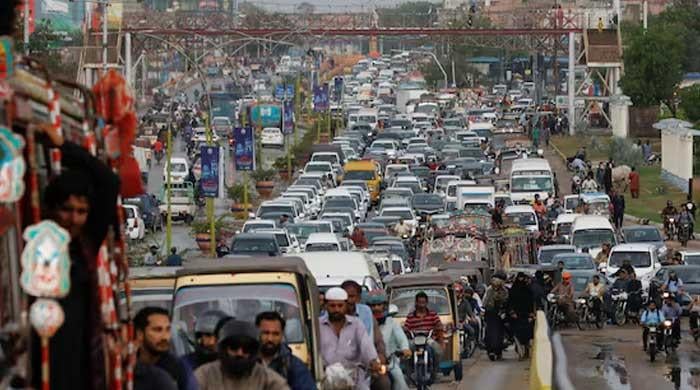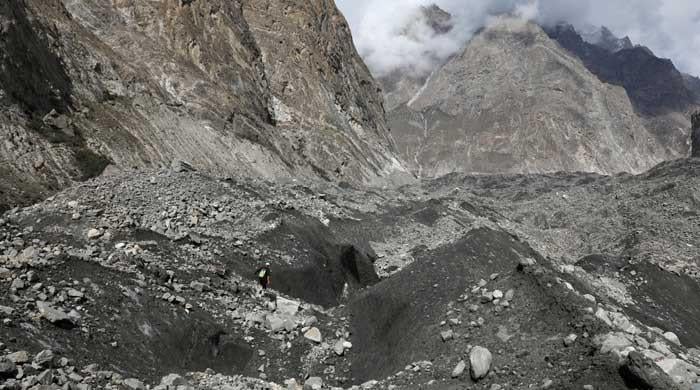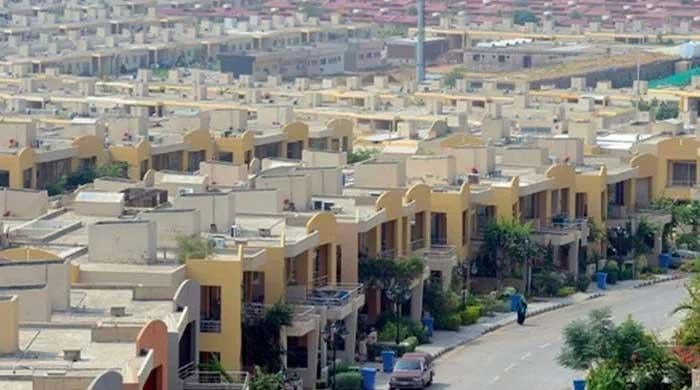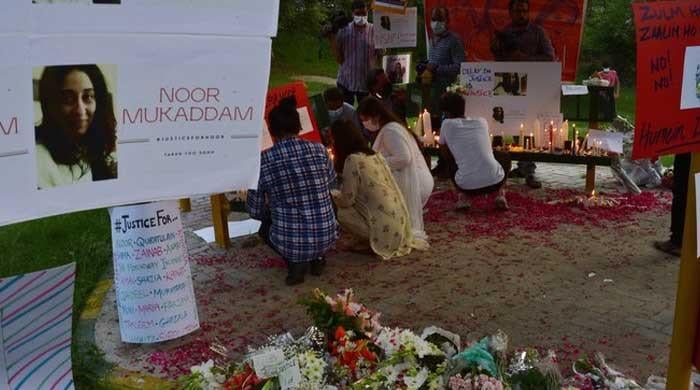Playing with fire: Why aren’t Pakistan’s fire safety laws being implemented?
The number of fire incidents have gone up because of the rapid growth of high-rise structures and other buildings and industries, say experts
June 03, 2022
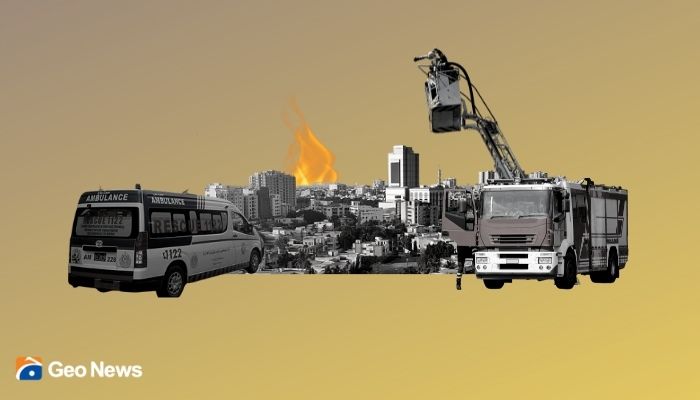
It took Karachi’s fire department a painstakingly slow 48 plus hours to extinguish the mammoth blaze that erupted Tuesday morning in the basement of a superstore on the metropolitan's busy Jail Road. A young man lost his life, four people fainted, including two firefighters and over 170 families were displaced from their homes.
This horrid incident took place just a few days after Sindh started its Rescue 1122 service with World Bank’s support to provide “immediate aid” to people afflicted by any accident or natural disaster.
So what took so long?
The chief fire officer placed blame on the administration, saying it had provided faulty fire fighting equipment.
He had told Geo News that the equipment was supposed to immediately extinguish the fire, but it didn’t work.
In the last decade, fire accidents have taken far too many lives. This includes the inferno incidents at the Marriott Hotel, UBL Building, and commercial plazas, among countless others.
What is unfortunate is that Pakistan does have a fire and safety Act.
According to the numbers published by the University of Karachi’s Department of Geography, 165,000 people every year are killed by fires in Pakistan, and 164,00 are injured or rendered unable to work as a result.
But somehow, the national fire policy still goes unimplemented.
Ignorance is bliss
Experts have identified that the number of fire incidents have gone up because of the rapid growth of high-rise structures and other buildings and industries - all of which majorly do not follow fire safety laws.
Poor electrical wiring systems in these buildings, particularly the older ones, makes them susceptible to fires. Squatter communities are among the most vulnerable to this calamity.
But it is obvious that despite regular fires in a number of Pakistani cities, and the major economic and human impact they have, the authorities concerned have chosen to let the warnings fall on deaf ears.
According to the Building Code of Pakistan Fire Safety Provisions 2016, "Construction and modification of buildings in violation of the Building Code of Pakistan (Fire Safety Provisions-2016) shall be considered as a violation of professional engineering works as specified in clause (xxv) of section 2 of the Act.
Despite the rules, we see that the development of structures and urban planning in Karachi includes a number of egregious violations.
Numerous alarming violations of fire safety legislation have also come to light in the recent past.
During a hearing in 2020, the civil defence secretary, as reported by the Express Tribune, revealed that approximately 80% of structures in Karachi lacked an emergency exit due to builders' disdain for fire safety standards during construction. He asserted that the Sindh Building Control Authority did not provide the Civil Defense with approved building plans. Due to structural faults, he told the court, fire vehicles were unable to reach a large number of properties in a number of city neighbourhoods, and spaces designed for the installation of fire-fighting equipment had been repurposed.
In the most populated cities in Pakistan, there is a severe shortage of infrastructure to combat fire risks. Therefore, the risk of fire poses a substantial threat to economic and social activity in these communities.
Major fire fighting problems are faced in high rise structures, specially the buildings with several apartments in one building, areas with narrow streets, especially in katchi abadis and other slums. Over 40% of the population in our cities lives in substandard housing, in squatter colonies, with no fire prevention rules followed.
Another major issue that has been identified by experts is acute shortage of water supply for firefighting purposes as few fire stations have their own water hydrant. Subsoil wells are required for each fire station for a bulk supply of water. Besides, there are some community based problems such as non-provision of fire preventive and firefighting systems in factories and other commercial and residential buildings and not to forget, a problem recently identified is the quality of fire extinguishing equipment.




